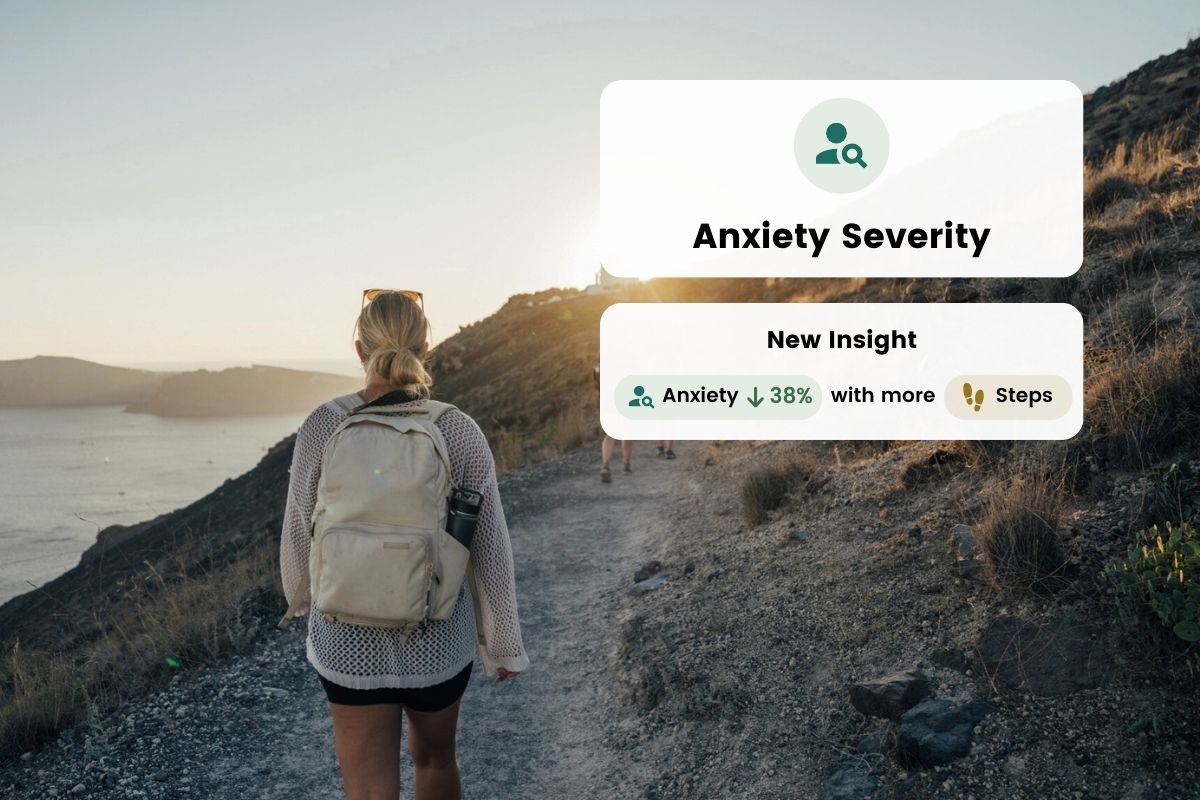
Do you suspect your headaches are worse on hot days? Have you noticed your stomach often hurts a couple of hours after drinking coffee? If so, learn how you can use Guava's tools to draw relationships between symptoms and your daily lifestyle.
1. Log your symptoms


Find the “symptoms” button at the top of your today tab and start adding your symptoms. To gain helpful insights, it’s important to log your symptoms every day they occur for at least 30 days. Our body map can help you keep track of whether a symptom is migrating throughout your body or staying consistently in the same place.
2. Log other factors

Next, start to log other lifestyle factors you think could be affecting your symptoms. This could be the foods you ate, medications you took, cups of coffee you had, alcohol you drank, exercise, and more. When logging food, you can choose a tag that you would like to track, like “gluten,” “dairy,” “fried,” or “high sugar.” If you are looking to track something that isn’t already a listed factor, you can create a custom factor such as “shopping” or “watching TV.” If you are logging a lifestyle factor like "watching TV," for a more accurate investigation, you should make a point to avoid watching TV some days to see how it may affect your symptoms.
If you are unsure what could be causing the problem, it’s best to log more and let Guava find what’s related.
3. Remind yourself to log

To find more correlations and make your correlations more accurate, try to log consistently. You can set a reminder through Guava by hitting the “reminders” button in the top right corner of the today page. You can add a reminder to log your symptoms, what you ate, any activities, and more. Setting up multiple daily reminders can help you remember to log events that occurred more than once throughout the day, such as breakfast, lunch, and dinner. Then, when the time comes, Guava will send you a notification reminding you to log.
4. Create a correlation

Once you’re a pro at logging, the fun can begin. Head to the “insights” section of your today page.
To run correlations on symptoms, enter your symptom as the metric (e.g., Rash) and enter what you are trying to compare it with as the factor (e.g., workouts, temperature, gluten). Guava will crunch the numbers and tell you if there’s a relationship between the two.
5. Understanding your correlation

Once you run a correlation, you’ll get one of the following results:
- Correlation with “High” significance: This means we found a relationship between the factor and your symptom. This doesn’t mean the factor is causing your symptom, but you can investigate this further or bring it up with your doctor.
- Correlation with “Medium” significance: There is a weak relationship between the factor and your symptom. It could be due to random chance, or insufficient data.
- No statistically significant change: We haven’t found any relationships between the factor and symptom yet. If you have already logged the factor and symptom for over 30 days, this could mean there’s no relationship between the two.
- Insufficient data: There’s not enough days of data yet between the factor and symptom. You may start to see some results after logging for 10 days, but we recommend logging for 30 days for a more stable result.
You can read more about how this statistic is calculated in the app.
If you click the “start tracking” button under your correlation, it’ll appear on your today page and automatically update as you log more data.
Discovering your own patterns between your symptoms and your everyday lifestyle can help you avoid triggers, find things that help your symptoms, and provide more information for your doctor to use when diagnosing. Guava is dedicated to giving the patient power in their own healthcare, so do not hesitate to reach out with any suggestions, ideas, or questions.





